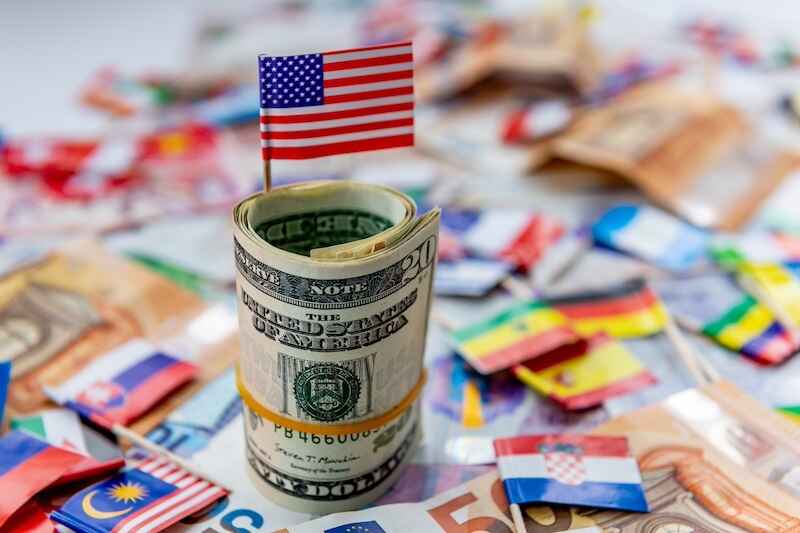Every couple of months I run into someone who tells me the dollar is doomed.
Doomed!
At least the latest version of this theory was a bit more interesting than the usual ones that pop up every year or so.
At a dinner party this summer, one guest was breathless about reports that Saudi Arabia was ending its “petrodollar pact” with the United States. That is, the Kingdom was about to stop selling its oil in U.S. dollars, and this would inevitably sink the greenback once and for all – and take the U.S. empire down with it.
He wasn’t the only one to believe this.
If you check Google Trends, you’ll see that searches for the word “petrodollar” spiked in mid-June. Somebody – Russian bots, conspiracy theorists, gold bugs, it’s not clear exactly who – was spreading this earth-shaking revelation about the dollar.
There were just a few problems with this news…
There never was a petrodollar pact between Saudi and the U.S.
In fact, Saudi long ago chose to sell its oil in dollars because it needed to stash its enormous export surplus cash somewhere – and U.S. treasuries were the safest bet. Yet today, four months after these petrodollar rumors spread across the internet, Saudi continues to sell most of its oil in dollars.
BRICS Again
And then, of course, there is the perennial BRICS currency rumor. This is the idea that a cabal of emerging market nations – Brazil, Russia, India, China, and South Africa – are banding together to end the dollar’s global dominance and replace it with… Well, something to be determined.
There’s some truth to this one. And it’s back in the news this week, as Russian President Vladimir Putin is hosting the BRICS nations (plus a few others including Egypt and Iran). The plan is to create a new economic bloc to end and supplant U.S.-led Western dominance of the global financial system, including the dollar’s central place in it.
I wrote about the BRICS and their plans to end the dollar’s reign about a year ago, and listed the many challenges to doing so.
I won’t repeat it all here. Instead, let’s look at the latest data. As of the second quarter of this year, the dollar accounted for some 58% of global currency reserves, about the same percentage as a year ago and far above any other currency. The next closest is the Euro (another Western-bloc currency), which accounts for about 20%. The Chinese renminbi comes in at around 2%. Sadly for Mr. Putin, the Russian ruble is too insignificant in global reserves to track.
That suggests a very high level of confidence in the greenback.
As for the dollar’s strength against other currencies, it rises and falls due to a number of factors – especially interest rates and the price of oil.
It’s been rising in fits and starts since 2011 or so. You can see that in the chart below.

The U.S. dollar index is considered a good indicator of the dollar’s value in global currency markets, as it tracks the dollar against a basket of six other currencies including the euro, the Swiss franc, the Japanese yen, the Canadian dollar, the British pound, and the Swedish krona.
Equities Rule
But there’s another very good reason the dollar remains both strong and in demand…
Global stock market capitalization.
Today, the U.S. accounts for a whopping 61% of global stock market capitalization. That’s a huge portion considering that the U.S. economy accounts for only a quarter of global GDP.
Companies like Nvidia (Nasdaq: NVDA) and Apple (Nasdaq: AAPL) have grown so big, so fast that they’ve dragged the U.S. share of global stock markets up from about 40% just a decade and a half ago.
And there are many other rapidly-growing U.S. listed firms besides the much discussed Magnificent Seven. In fact, if you remove tech firms from the equation, the U.S. share of global equities is still 55%.
If you want to invest in these dynamic, fast-growing companies and participate in their stunning global success, you need to have dollars. Rubles and renminbi just won’t do.
Until the success of corporate America subsides – which doesn’t appear to be any time soon – the dollar will dominate.
